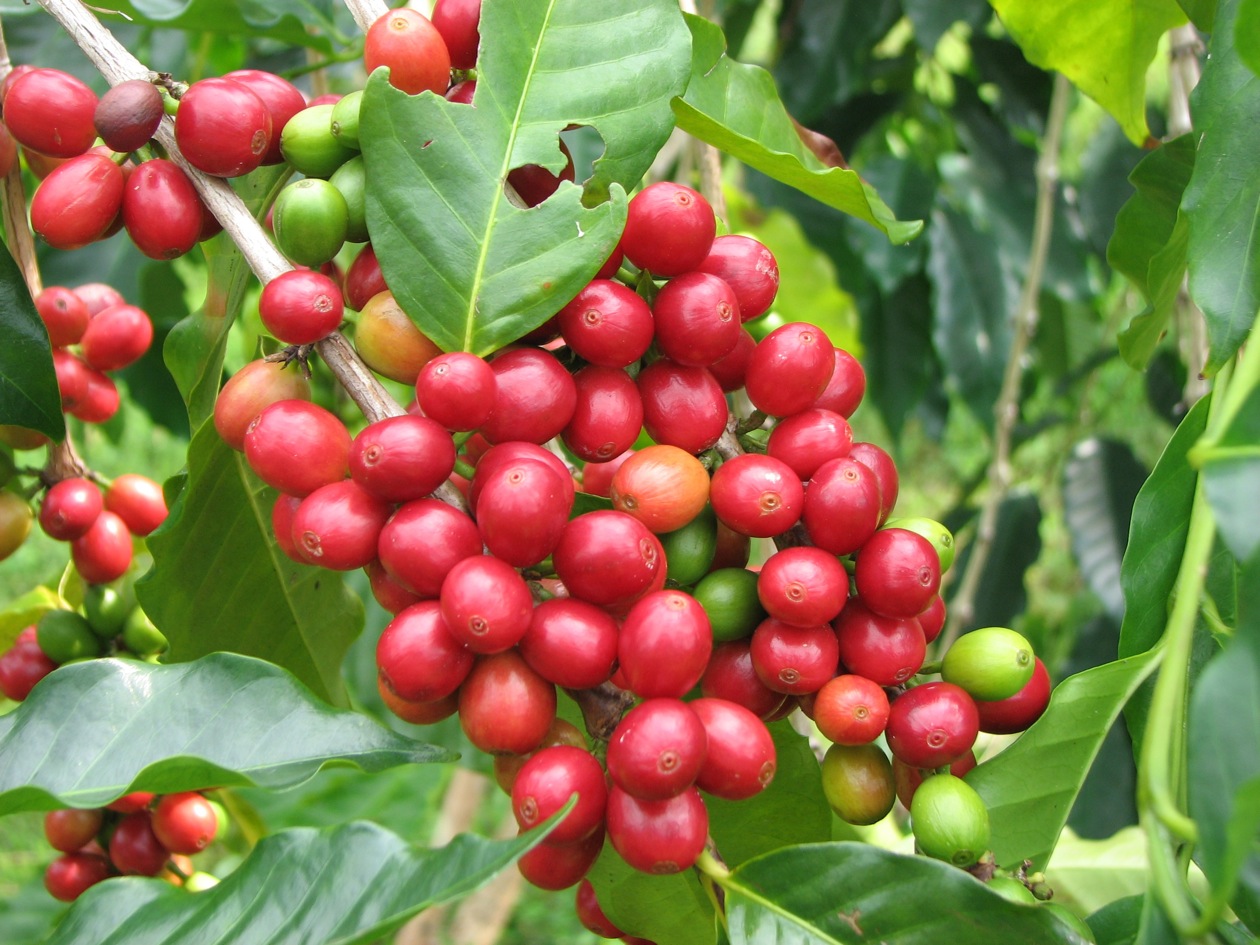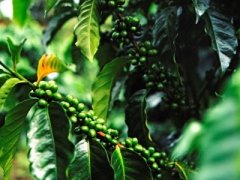Can you tell a person's personality by drinking coffee? See the characteristics of the producing area from the coffee beans
For professional baristas, please follow the coffee workshop (Wechat official account cafe_style)
There are all kinds of coffee all over the world, each of which has different taste and flavor.
Carefully brewed coffee is different from your own preferences, so no matter how good coffee will not feel delicious, so it is important to know the personality of coffee.
The so-called pure coffee refers to coffee brewed with a single coffee bean. Most of these pure coffee can show the unique personality of coffee beans, some are sour, some are bitter, but some are like Blue Mountain Coffee, although it is a single pure coffee, but it has the personality of blending sweet, sour and bitter with each other.
Like a person's personality, each kind of coffee bean has its own personality, listing the types of coffee beans common in general coffee shops:
* Brazilian coffee: with moderate bitterness and soft flavor, it is suitable to be used as the base of fancy coffee and will not steal the elegant demeanour of other coffee.
* Colombian Coffee: very smooth sour and sweet aroma, mellow and full-bodied on the palate.
* Guatemalan coffee: it has a good sour and sweet taste and a mellow flavor, which is very suitable for blending coffee.
* Salvadoran coffee: moderately sour and slightly sweet, refreshing flavor many people like. (sweet and sour in an explosion > fragrance > obedience)
* Kilimanjaro Mountain Coffee: very sour, but also sweet, with a very good flavor. (sweet and sour at the end of the explosion > fragrance > obedience)
* mocha coffee: has elegant aroma and round sour taste, but also with a slippery full-bodied fragrance, like a good choice of round taste.
* Robusta Coffee: it has an outstanding bitter taste and a unique aroma, and the blending of mixed coffee often has the finishing touch.
* Manning Coffee: coffee with moderate acidity and strong aroma. (second explosion medium fragrance > sweet > mellow)
* Blue Mountain Coffee: sour and sweet taste match very well, but also has a very unique flavor and aroma, there is no need for more blending to have a variety of flavor.

Important Notice :
前街咖啡 FrontStreet Coffee has moved to new addredd:
FrontStreet Coffee Address: 315,Donghua East Road,GuangZhou
Tel:020 38364473
- Prev

Three laws of coffee roasting | interpretation of the baking principles of master roaster Scott Rao
Professional coffee knowledge exchange more coffee bean information please follow the coffee workshop (Wechat official account cafe_style) Scott Rao in 2014 this The Coffee Roasters Companion, after a few years re-read, can not help but burst into a cold sweat; think he is a believer in his principle of baking beans, in fact, a lot of details are wrong, and the book has hints without knowing it. The following is the tenth of this book
- Next

Deep study of resin, ceramic, round filter cup insulation effect is the best insulation effect is not ceramic
Professional barista communication, please pay attention to coffee workshop (Weixin Official Accounts cafe_style) In addition to the differences in filter paper, even the material of filter cup is also different. Generally speaking, regardless of the brand, the materials seen on the market are resin, ceramic, stainless steel, and metal filter cups that do not require filter paper-gold filters. There is even a manufacturer.
Related
- Beginners will see the "Coffee pull flower" guide!
- What is the difference between ice blog purified milk and ordinary milk coffee?
- Why is the Philippines the largest producer of crops in Liberia?
- For coffee extraction, should the fine powder be retained?
- How does extracted espresso fill pressed powder? How much strength does it take to press the powder?
- How to make jasmine cold extract coffee? Is the jasmine + latte good?
- Will this little toy really make the coffee taste better? How does Lily Drip affect coffee extraction?
- Will the action of slapping the filter cup also affect coffee extraction?
- What's the difference between powder-to-water ratio and powder-to-liquid ratio?
- What is the Ethiopian local species? What does it have to do with Heirloom native species?

